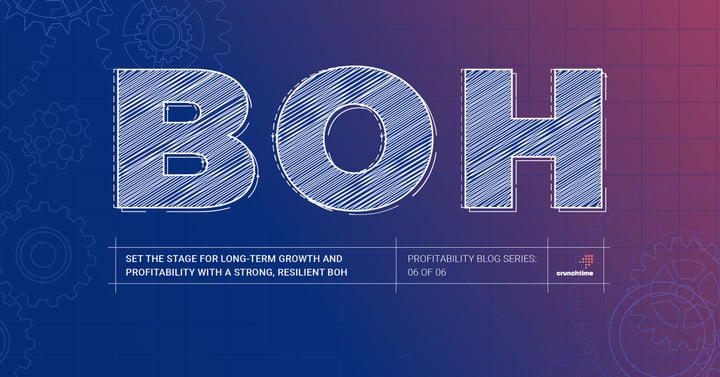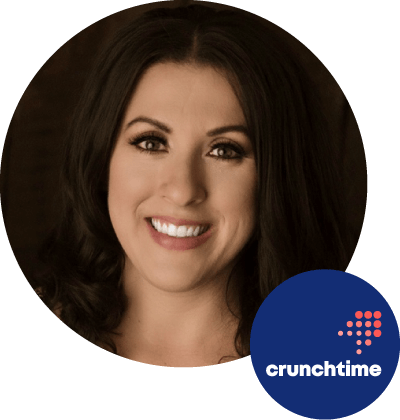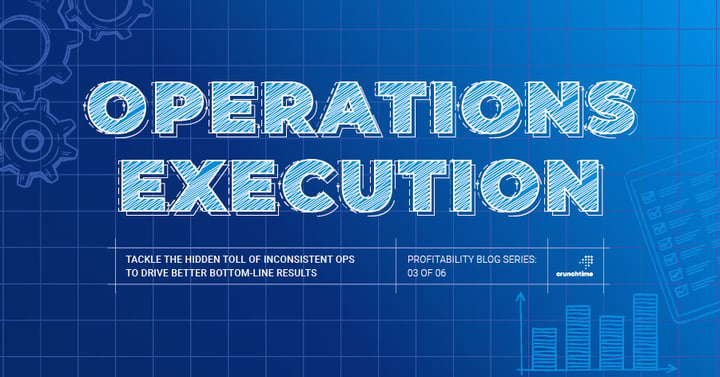
- Home
- Crunchtime Blog
- Part 4: A Profit-First Approach to Resilient Restaurant Operations
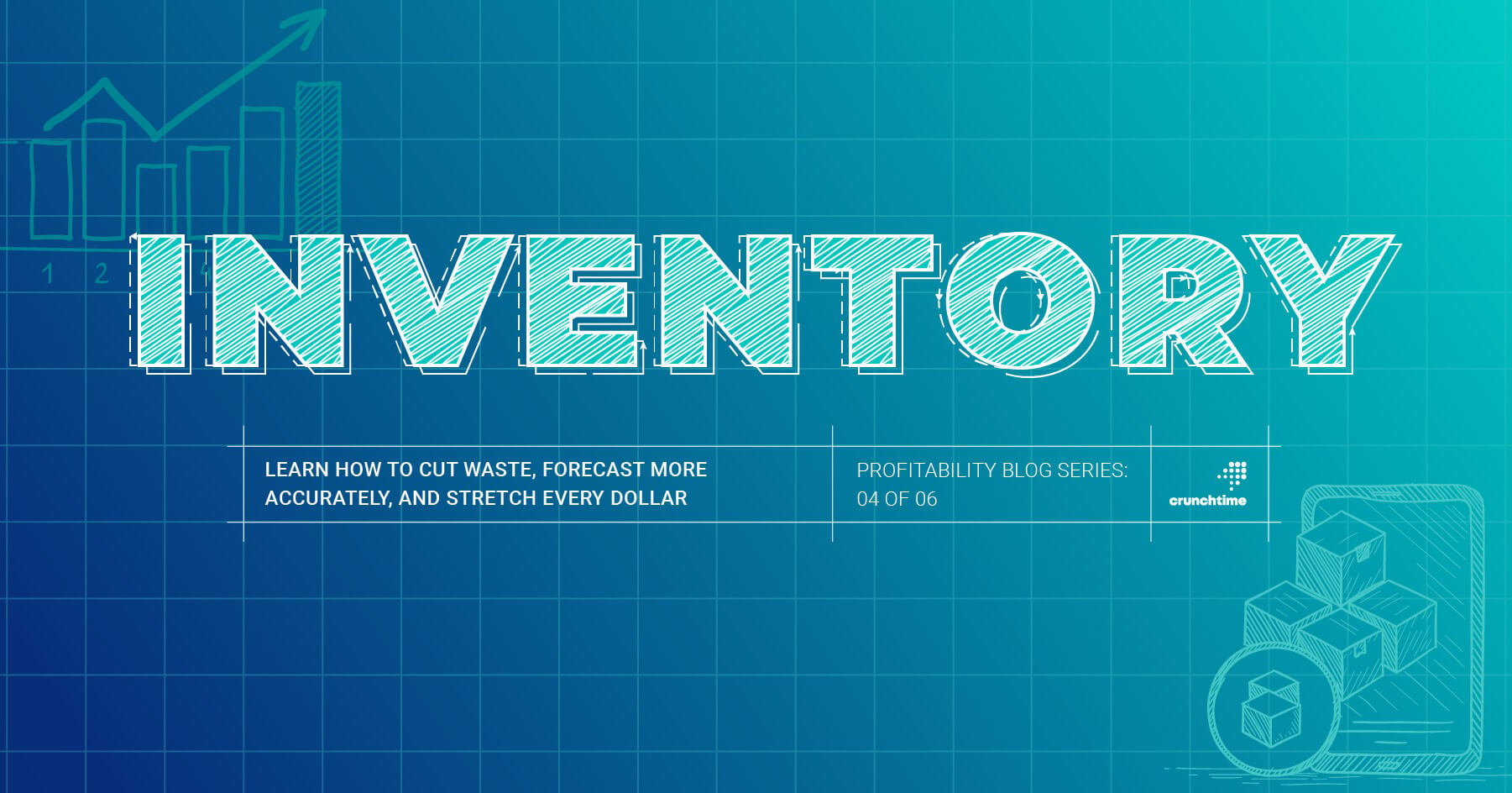
Part 4: A Profit-First Approach to Resilient Restaurant Operations
Welcome back to our series on driving restaurant profitability through smarter operations. In previous posts, we covered the importance of shifting focus to back-of-house (BOH) operations, controlling labor costs, and optimizing operations execution. Now, we turn our focus to one of the most impactful—and often mismanaged—areas of a restaurant’s finances: inventory and food costs.
Why Food Costs Spiral Without Control
Food costs are one of a restaurant’s largest expenses, yet they are often left unchecked. The problem begins with inaccurate inventory management. Even small discrepancies in inventory tracking can lead to big losses. Without real-time visibility into stock levels, operators frequently over-order, resulting in spoilage and waste.
In many cases, high average vs. theoretical variances (AvT) go unnoticed until it’s too late. Without proper tracking, you might be throwing away perfectly good inventory or using ingredients inefficiently, both of which contribute directly to increased food costs.
Why FOH Alone Can’t Solve Inventory and Food Cost Issues
While front-of-house (FOH) solutions like POS systems are essential for tracking sales, they can’t provide the level of detail needed to manage inventory and food costs. A POS system only tracks sales and doesn’t account for ingredient-level usage or waste.
FOH systems can’t identify problems like over-ordering, theft, or inaccuracies in stock counts—issues that are central to controlling food costs. For operators to effectively manage their bottom line, they need an integrated solution that goes beyond FOH to track inventory in real-time and provide actionable insights into waste and ordering patterns.
How Better Inventory Management Drives Profitability
Improved inventory management isn’t just about reducing waste—it’s about optimizing your entire supply chain to drive profitability. Here’s how:
- Reduce Waste and Lower Food Costs: Real-time inventory tracking helps minimize waste by ensuring accurate ordering, portioning, and usage. This leads to more efficient operations and lower food costs.
- Prevent Shrinkage: With an integrated inventory management system, you can quickly spot shrinkage—whether due to theft or errors—and take action to prevent it from impacting your profitability.
- Use AI-Powered Forecasting: Leveraging AI to forecast demand and optimize ordering helps minimize stockouts and over-ordering, allowing you to purchase only what you need when you need it.
- Negotiate Better Supplier Pricing: Real-time data gives you leverage when negotiating with suppliers, helping to lower your cost of goods sold (COGS) and improve overall margins.
Key Action Steps to Prioritize
It’s easy to get excited about increased sales, especially when you’re running promotions or experiencing a spike in business. But without control over your inventory, those gains can quickly evaporate. Here's what you can do to prevent that from happening:
- Implement Automated Inventory Management Software: Use real-time tracking tools that integrate with your operations to ensure you always know exactly what’s on hand.
- Conduct Frequent Inventory Audits: Regular audits help catch discrepancies early, preventing errors or theft from draining your bottom line.
- Improve Your Forecasts: Focus on making your forecasts as accurate as possible by using automated or AI-enhanced tools that take into account things like weather, special events, and seasonal trends.
- Train Staff on Portioning and Waste Reduction: Educate your team on the importance of accurate portioning, waste reduction, and proper handling to reduce food waste.
Effective inventory management is key to building a profitable restaurant. By implementing systems that provide real-time insights into your inventory levels, forecasting needs, and waste patterns, you can take control of food costs and enhance your margins.
Stay tuned for the next blog in our series, where we’ll dive into the critical role of learning and development in driving profitability. In the meantime, download 10 Strategies to Take Control of Food Costs to help optimize your food cost management.
Share this post
Related

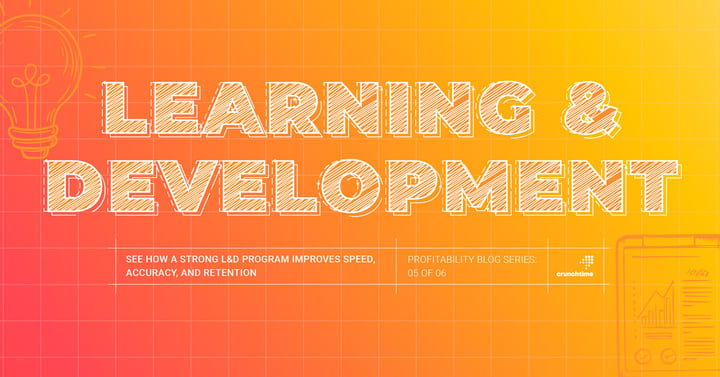
Part 5: A Profit-First Approach to Resilient Restaurant Operations
